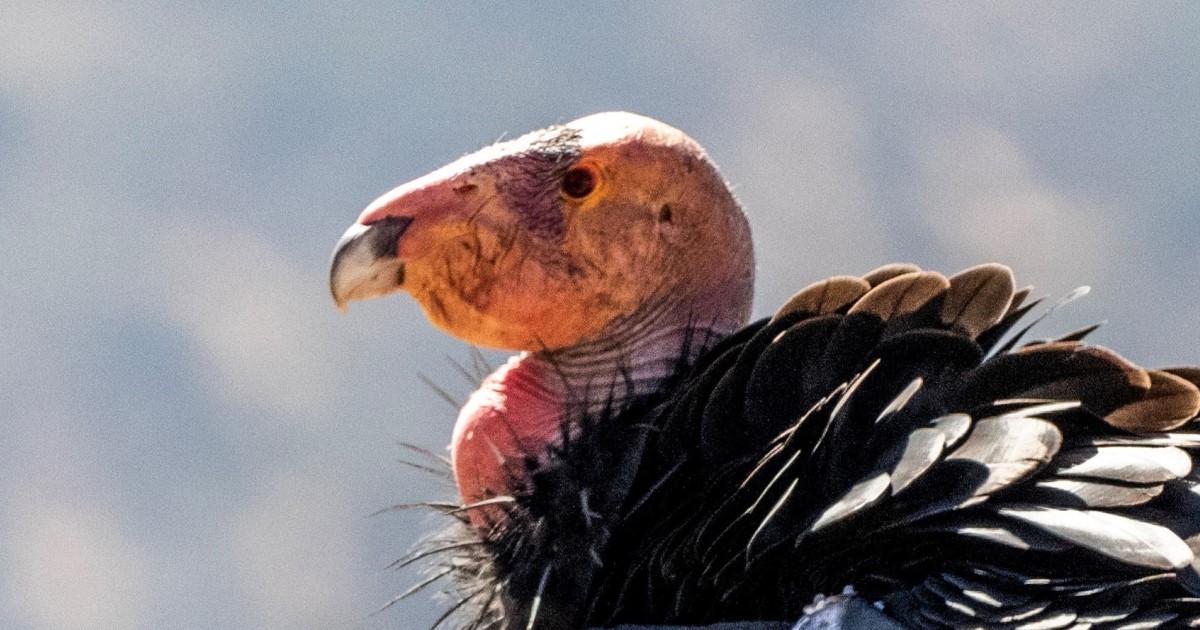Basic:


Species
Over the last half a billion years, the Earth has experienced five mass extinction events. The largest event occurred 251 million years ago, killing off an estimated 95% of all species.
The vast majority of species that once inhabited the Earth have disappeared, but new species have arisen to create the interconnected webs of biodiversity that now characterize the biosphere.
Scientists now predict the Earth is plummeting toward a "sixth extinction" — a mass die-off event that could wipe out nearly a third of all species by 2100. Unlike past extinctions caused by
chance collisions with asteroids or other natural changes, this event will be a direct consequence of humankind's destructive impacts on the ecosystem.
Species have always gone extinct. They either die off when they are no longer well suited to their environments, or they evolve into a new species. From the fossil records, scientists
believe the background level of extinctions has historically been about one species per million per year or about 10 to 100 species annually.1 In the last 100 years, more than 500
species have gone extinct and another 41,000 are critically endangered — decreasing global wildlife populations by 69% on average.2 Most species we lose are due to tropical
deforestation and habitat loss.
It is clear that humans are causing biodiversity loss in almost every corner of the globe, through land-use change; soil, water, and air pollution; water diversion; habitat fragmentation;
exploitation of certain species; introduction of non-native species; and stratospheric ozone depletion.3 But how much of that loss can be attributed to climate change? In a recent paper,
"Accelerating Extinction Risk from Climate Change," Mark Urban looked at over 130 studies to identify the level of risk that climate change poses to species.4 Urban predicts that one in
six species could face extinction if climate change proceeds as expected. Although many species will go extinct because of climate change, nearly all others will face survival challenges.
Extinction risks from climate change are expected to accelerate for every degree of rise in global temperatures.
These dire predictions are more than mere conjecture. In the late 1980s, scientists noticed that entire populations and species of frogs and other amphibians were disappearing all over the
world, but no one could offer a clear explanation for the phenomena. The National Science Foundation, for example, reported, "at least 110 species of brightly colored harlequin frogs once
lived near streams in the tropics of Central and South America, but about two-thirds vanished in the 1980s and 1990s."5 In 2006, researchers working in Costa Rica identified the culprit:
a climate-driven skin fungus fatal to amphibians. Using sea and land temperature measurements, the scientists demonstrated that amphibian decline was occurring "in near lockstep with climate
change."6 Most of the 70-plus members of the harlequin frog genus Atelopus, endemic to Central and South America, have already disappeared. Scientists say these species were the earliest
victims of climate change. Other species are now following their lead.
Polar bears and other arctic species, such as walruses and seals, could be next. Hunting these marine species is an age-old tradition for many Native Alaskans, yet unpredictable weather
due to climate change is making the seasonal harvest difficult or impossible. Many marine mammals depend on sea ice for mating, birthing, and rearing their young. Yet as the ice disappears,
these species can't reproduce, pushing some, like the walrus and polar bear, on the path to extinction.
In 2013, Native King Islanders faced a record-low walrus harvest.7 This change in cultural food harvesting leads not only to a shortage of nutritional meat, but depletes the availability
of ivory tusks, which many Native Alaskans carve into jewelry, sculptures, and trinkets as a main source of income.8 Compounded with rising fuel and food prices, winters could begin to
prove especially dangerous for Native Alaskans as they fight to preserve and maintain a lifestyle they have maintained for centuries.
Many effects of climate change will have negative habitat consequences for salmon. Severe floods cause increased egg and alevin mortality, especially for fall and winter-spawning species.9 Winter
snowpacks will retreat earlier in the spring, which may alter the life cycles of migratory salmon. Summer base flows will be lower, and the network of perennially flowing streams in a drainage
system will shrink during the summer dry period, forcing fish into smaller wetted channels and less diverse habitats. Increased summer temperatures may approach or exceed lethal levels for salmon
and trout. Salmon are highly valued by Tribal Nations in the Pacific Northwest, and the loss of abundance of the species will drastically change their diets and lifestyles.
Indigenous peoples will be some of the most adversely affected by the continued mass extinction of plant and animal species across the world. Their reliance on the species around them for traditional
medicines, subsistence, and cultural ceremonies is inherent, and should this ability be limited or restricted by extinction, finding substitutes will be a challenge of resilience.